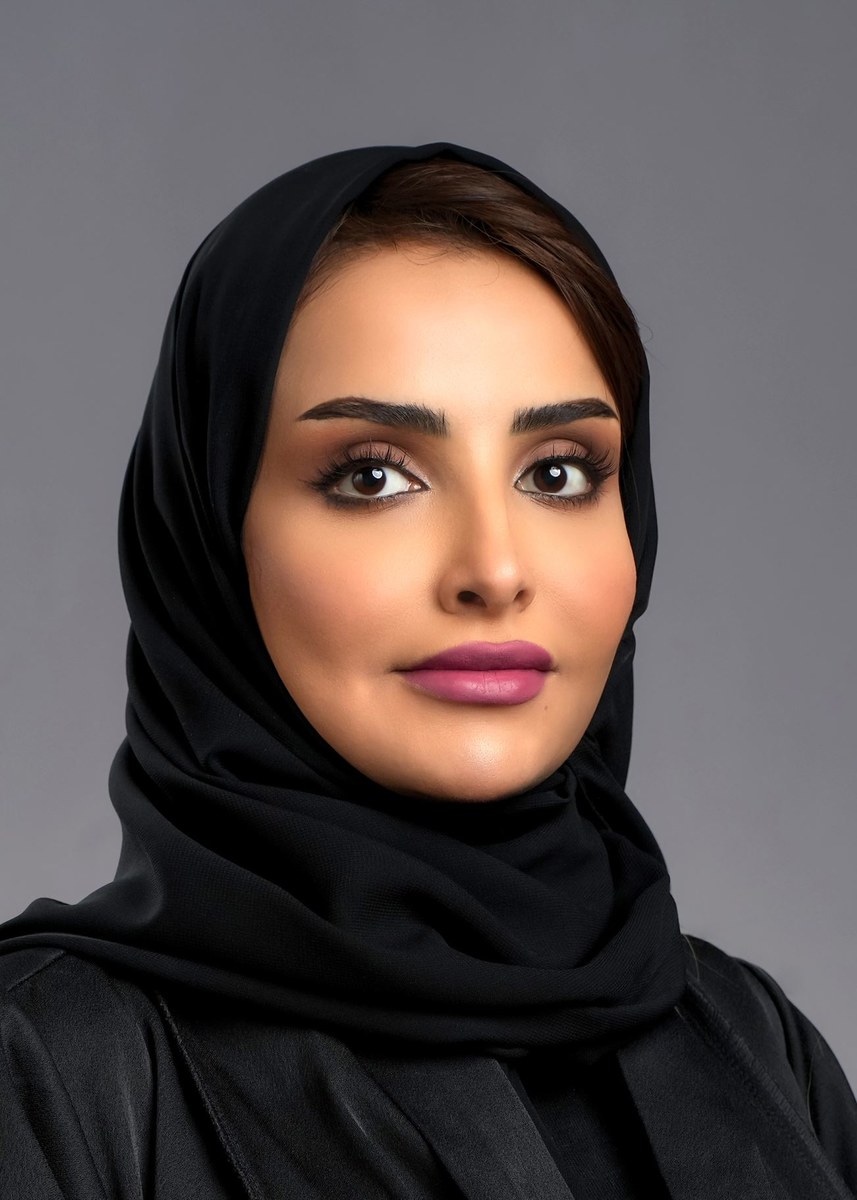RIYADH: Yemen is known for its fertile farmland, and its agricultural sector is among the most productive in Yemen’s national economy.
However, since the Houthi uprising in Yemen in 2014, the country has become known for a completely different type of planting — mine planting — causing the death of civilians and innocent victims.
Saudi Arabia has committed to protecting Yemeni civilians by launching the Masam project for land mine clearance in Yemen.
The humanitarian initiative helps Yemenis remove the threat of mines, explosive devices and unexploded munitions, which claim the lives of many innocent civilians, including children, women and the elderly, in various Yemeni regions and villages.
The Masam project was launched in mid-June 2018 under the umbrella of the King Salman Humanitarian Aid and Relief Center.

Land mine clearance is achieved through Saudi expertise, as well as international experts and Yemeni cadres trained in mine clearance techniques.
The project helps Yemenis avoid the tragedies that result from the spread of mines and explosive devices in all Yemeni governorates, allowing them to live peacefully and also build the Yemeni capabilities in mine clearance.
Ousama Al-Gosaibi, managing director of the project, said: “The project works on emergency response after identifying the locations of mines in freed areas. This is achieved by developing and preparing plans that help trained teams with the clearance process, despite the lack of maps that identify the locations of mines, which constitutes a significant challenge for the team and is also one of the Houthis’ war crimes.
“Besides removing the mines, the project also works on destroying them to ensure that they are not used again. The team seeks to update its capabilities and develop its land mine clearance techniques, although the Houthi militia insists on developing its own techniques to target as many civilians as possible.”
Al-Gosaibi added: “Since mid-2018, land mine clearance teams have removed 390,586 mines in freed Yemeni regions, distributed as follows: 6,065 prohibited anti-personnel mines, 137,197 anti-tank mines, 7,741 explosive devices, and 239,583 unexploded munitions that were deactivated.”
He said: “We have witnessed new Houthi tricks in planting and manufacturing mines, as well as new techniques, huge quantities and significant numbers not recorded since the Second World War.”
The Houthis are adopting a brutal approach in planting huge quantities of mines and explosives near schools, healthcare facilities and water tanks, Al-Gosaibi said.
Mine clearance in Yemen is a lengthy process, requiring years, because of the large number of devices and the lack of maps identifying their location, he said.
“The Houthis are still planting thousands of mines in Yemen,” Al-Gosaibi added.

The project’s engineering teams handle all recognizable land mines, in addition to mines made locally by the militias in their own factories.
These devices account for 85 percent of the total number of deactivated mines and are among the most dangerous, as they are designed to explode under minimum pressure.
Teams also handle explosive devices developed and camouflaged by the militias in the form of stones, reinforced concrete, and other familiar and deceptive shapes.
“What worries us the most today is the rapid spread of new land mines that are locally manufactured by the Houthis,” Al-Gosaibi said.
“Imagine stumbling on an anti-tank land mine that has been transformed into an anti-personnel mine on your way back from your land. Imagine targeting a classroom with explosives. This is the harsh reality of living in Yemen today; every step might kill you.
“What is sad is that these explosives don’t differentiate between people. Thousands of Yemenis die or lose limbs every year, and this is why the Masam project works relentlessly on eliminating the threat of land mines in Yemen. In order to ensure Yemen’s ability to rebuild safely, we train and oversee local deminers, who are risking their lives to help others.”
Al-Gosaibi said the project has trained 32 engineering teams, which have been provided with the latest technologies in mine detection. The Masam project also includes over 550 experts, deminers and employees working on the ground.
Somaya Al-Mahmoud, the project’s director of public relations and media affairs, said: “Many civilians have been victims of mines. There are many moving stories that evoke the suffering of a population still facing a silent danger that is permanently threatening their lives. The number of mines in Yemen today exceeds that of any other country in the world.”

Somaya Al-Mahmoud, Project Masam’s director of public relations and media affairs. (Supplied)
Al-Mahmoud said that according to a UN study, planting one mine costs between $10 and $20, while removing it costs between $500 and $1,000.
Figures from mid-June 2018 to March 2023:
Masam project engineering teams were able to remove 390,586 mines, unexploded munitions and explosive devices:
239,583 unexploded munitions
7,741 explosive devices
137,197 anti-tank mines
6,065 anti-personnel mines
Total spent on the land mine clearance project in Yemen so far exceeds $167 million.




























